The Origins of Their Name
The Smurfs were created by Pierre Culliford, a Belgian cartoonist who wrote under the pen name Peyo, and they debuted in the newspaper Spirou in 1958. The Smurfs originally began as side characters in “The Flute with Six Holes,” a medieval comic part of the Johan et Pirlouit series.
In this particular edition, the hero Johan along with his faithful sidekick Pirlouit comes across the minuscule white-clothed, blue-skinned humanoids known as the “Schmtroumpf.” The appearance of these creatures quickly gained popularity as they appeared in later adventures along with their elderly, white-bearded leader. Before long, the blue humanoids’ popularity allowed for the creation of their own story beginning in 1969.
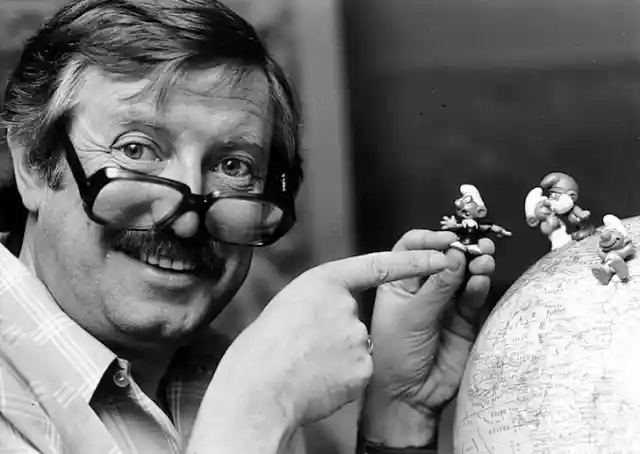

The conceptualization of the name and language of the Smurfs originated from the inability to remember the word “salt.” While having a meal with a friend, Peyo forgot the word for “salt” and therefore asked his friend to pass the schtroumpf instead. The response of his friend: “Here’s the Schtroumpf—when you are done schtroumpfing, schtroumpf it back.” This new “lingo” was the start of the language pattern incorporated in Peyo’s creations. The word was further translated as Smurf in Dutch, and this name seemed to stick in other translations who began to run with it.
Finding Their Way in the World
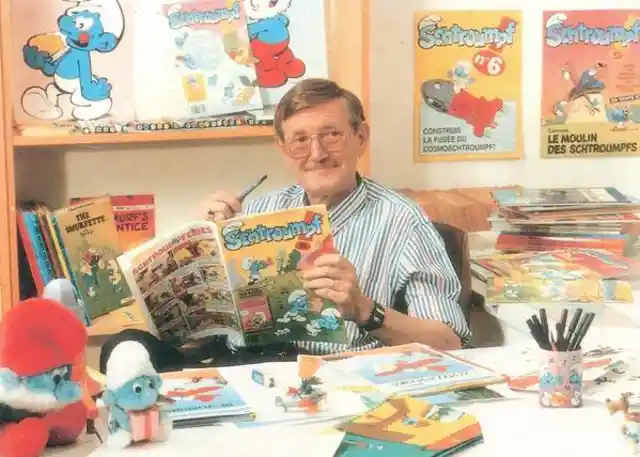
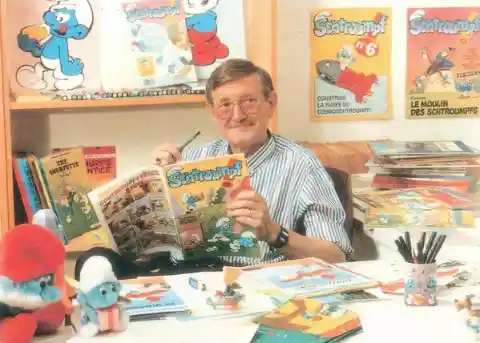
The Smurfs debuted in the Hanna Barbera television cartoon series in 1981 and ran until 1989 before going into syndication. These were transformative years for the Smurfs with the addition of more characters, character development, and clothing add-ons to distinguish the new characters. An example would be the addition of Handy Smurf, a Smurf who dresses in overalls, a brimmed hat, and a pencil above his ear. Moreover, there also began the addition of female Smurfs into the cast, the most famous being the one created by the villain Gargamel, Smurfette. Sassette is an example of another female Smurf, and she was created by the Smurflings. For reference, Smurflings age backward due to Father Time’s grandfather clock running backward and are 50 years of age. On the other hand, the Smurfs are 100 years old.
Their Evolution


The story of the Smurfs has changed as well. The Smurfs originally resided in a place of high mountain ranges, dense forests, and scorching deserts—known as the Cursed Land. Smurfs would hop on storks to travel long distances. However, the Smurfs eventually transitioned to a more comfortable life in mushroom houses and then on to a majestic forest. This transition led to some critics labeling the Smurfs as communists. This is because they do not have any money and cooperate with one another to get what they need. In the comics, the Smurfs were seen only eating sarsaparilla leaves while Smurfberries debuted only in the cartoons. Moreover, the television series saw the arrival of the antagonists Gargamel and his cat Azriel. Gargamel’s objective is to destroy the Smurfs or to capture them, so he can conjure a gold-creating potion. When the Smurfs arrived in the movies, they left their medieval setting and traveled all the way to Central Park.
Expanding Beyond the Comic Books and Cartoons
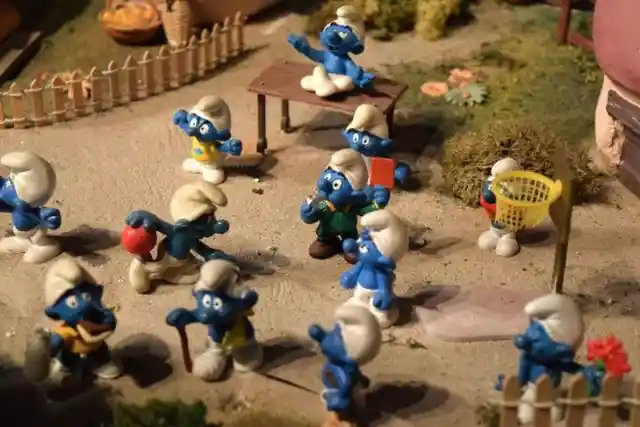
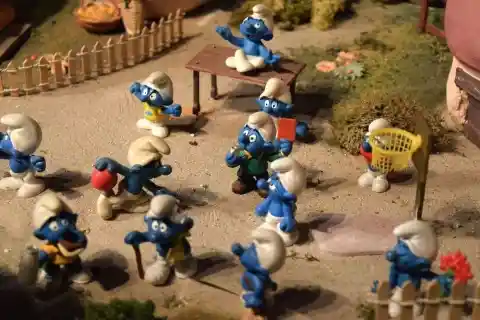
The Smurfs have been just as popular for their figurines, which have sold millions. The original Smurf figurines were produced by Dupuis from 1959 to the end of the 1960s. From there, Schleich, a German toy company, began producing them. Moreover, they began producing new figurines (8-12 new figurines each year), leading to the sale of over 300 million since production. The Smurfs’ arrival into the commercial world was also largely due to their appearance in advertising campaigns. By the 1980s the Smurfs also owned their own cereals: Smurf-Berry Crunch and Smurfs Magic Berries. The Smurfs then appeared in theme parks several years later and found themselves in the children’s cat in the Ice Capades several years later. In 2008, the Smurfs found themselves in the cryptocurrency world as a Belgian 5-euro coin was issued to commemorate the 50th anniversary of the Smurfs. These blue, tiny humanoids have truly been everywhere.